Designing an exceptional instrumental music curriculum is essential for fostering student engagement, skill development, and a lifelong love for music. As music educators, it is our responsibility to create a comprehensive, innovative, and inclusive curriculum that equips students with the tools they need to succeed. In this article, we will explore the key components of a model instrumental music curriculum and examine how Practicing Musician’s offerings can serve as an exemplar for music educators looking to optimize their programs.

Essential Foundations
A solid instrumental music curriculum must be built upon a foundation of proven pedagogical principles, a well-designed scope and sequence, and alignment with national standards. The curriculum should be carefully crafted to guide students through a logical progression of skills and concepts, from the fundamentals of instrument care and maintenance to advanced techniques and repertoire. Alignment with the National Core Arts Standards ensures that students are developing the critical skills and knowledge outlined by experts in the field.
When designing a scope and sequence, music educators should consider the unique needs and abilities of their students, as well as the resources available within their program.
A well-structured curriculum should provide opportunities for differentiation and personalization, allowing students to progress at their own pace while still maintaining a cohesive learning experience for the entire ensemble.

Embracing Innovation
In today’s rapidly evolving educational landscape, it is crucial for music educators to embrace innovative approaches to teaching instrumental music. Technology integration is a key component of a forward-thinking curriculum, allowing students to access multimedia resources, receive personalized feedback, and engage with music in new ways. By incorporating online platforms like Practicing Musician, educators can provide students with high-quality video tutorials, interactive sheet music, and engaging assignments that supplement in-class instruction and facilitate independent learning.
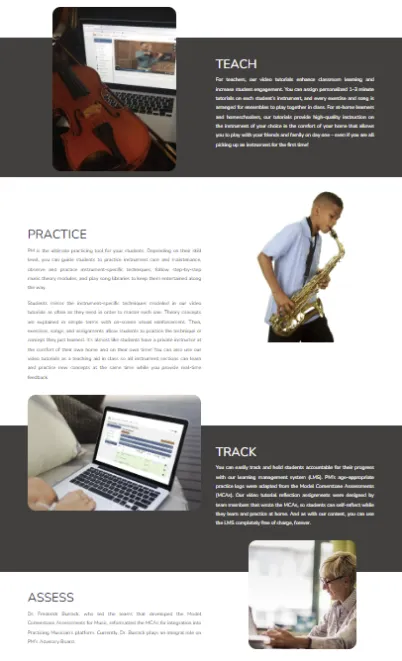
Culturally responsive repertoire is another essential element of an innovative instrumental music curriculum. By exposing students to a wide range of musical styles and traditions, educators can foster a sense of inclusion and cultural awareness within their ensembles.
This approach not only broadens students’ musical horizons but also promotes cross-cultural understanding and respect. Music educators should strive to select repertoire that represents the diverse backgrounds and experiences of their students, as well as pieces that challenge students to explore new musical territories.
Innovative ensemble formats, such as chamber groups and genre-specific ensembles, can also help to broaden students’ musical horizons and develop critical collaboration skills.
These smaller, more focused groups allow students to take on leadership roles, develop their individual voices, and explore a wider range of musical styles and techniques.
By incorporating these innovative ensemble formats into the larger curriculum, music educators can provide students with a more well-rounded and engaging musical experience.
The Practicing Musician Model
Practicing Musician’s online courses and resources offer a shining example of what a model instrumental music curriculum can look like in action. Their comprehensive multimedia courses cover 15 band and orchestra instruments, providing students with high-quality video tutorials, sheet music, and assignments that are carefully sequenced to promote skill development and mastery. The diverse content, created by a wide range of music educators and artists, ensures that students are exposed to a variety of musical styles and perspectives.
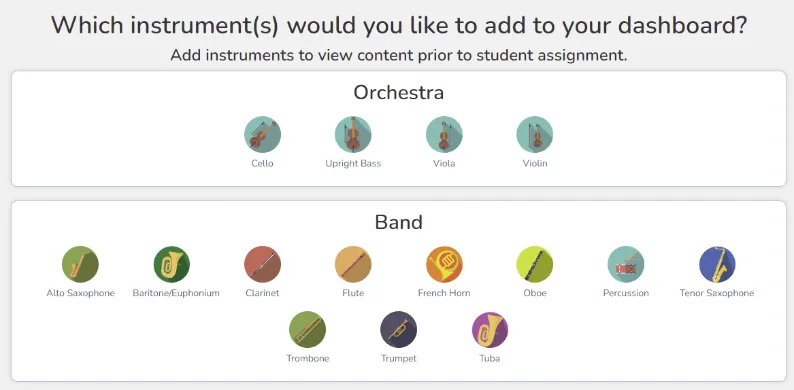
One of the key strengths of Practicing Musician’s model is its emphasis on accessibility and inclusivity. By providing free access to their online courses for educators and students, Practicing Musician helps to break down barriers to high-quality music education. This commitment to equity and inclusion aligns with the values of a model instrumental music curriculum, which should strive to provide all students with the opportunity to develop their musical skills and explore their creative potential.
In addition to their core online courses, Practicing Musician offers affordable micro tutoring sessions that provide students with personalized feedback and support. These sessions, led by experienced music educators, complement the core curriculum by addressing individual student needs and fostering a deeper understanding of musical concepts and techniques. By incorporating micro tutoring into a model curriculum, music educators can ensure that all students receive the targeted support they need to succeed.
Strategies for Implementation
Adapting a model curriculum to your own music program requires careful planning and execution. Begin by assessing your current curriculum and identifying areas for improvement. Consider your program’s unique needs and goals and the strengths and challenges of your student population. Use this information to guide your selection of novel resources and approaches, such as incorporating Practicing Musician’s online courses or introducing innovative ensemble formats.
When implementing new curriculum elements, it is essential to pilot them first and gather feedback from students and colleagues. This process allows you to refine your approach and ensure that the changes you make are having the desired impact on student learning and engagement. Be open to adjusting based on feedback and data and view curriculum development as an ongoing, iterative process.
To measure the effectiveness of your curriculum updates, use a combination of quantitative and qualitative data. Quantitative data, such as student performance assessments and growth metrics, can provide valuable insights into student progress and skill development. Qualitative data, such as student and parent surveys or focus groups, can offer a more nuanced understanding of how the curriculum is impacting student engagement, motivation, and overall musical experience.
As you work to implement a model instrumental music curriculum, remember to prioritize collaboration and communication with your colleagues, students, and community. Share your successes and challenges, seek feedback and support, and be open to learning from others in the field. By working together and staying committed to continuous improvement, we can create instrumental music programs that truly inspire and empower our students.
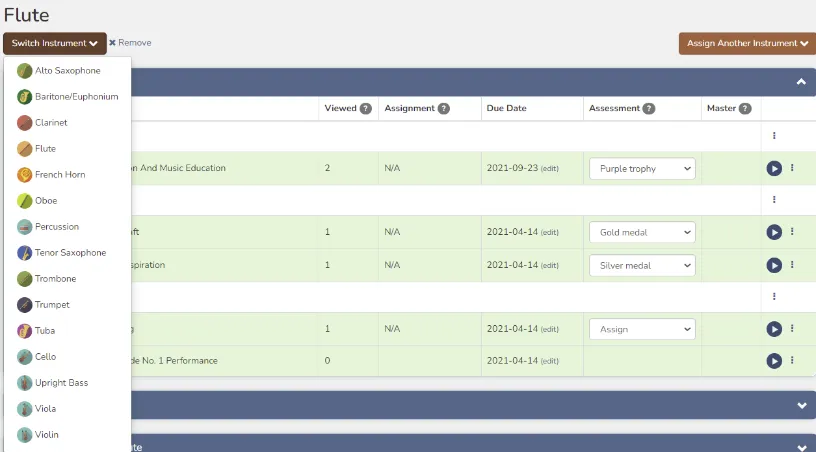
Conclusion
Crafting an exemplary instrumental music curriculum is a challenging but rewarding endeavor. By incorporating essential foundations, embracing innovation, and looking to models like Practicing Musician, music educators can create a curriculum that engages and inspires students while preparing them for a lifetime of musical exploration. As we continue to refine and adapt our curricula, let us remain committed to providing all students with access to high-quality, inclusive, and innovative music education.
A model instrumental music curriculum has the power to transform lives and communities, fostering creativity, collaboration, and cultural understanding. By embracing the essentials and innovations outlined in this article, music educators can lead the way in shaping the future of music education and ensuring that all students can experience the joy and power of making music.
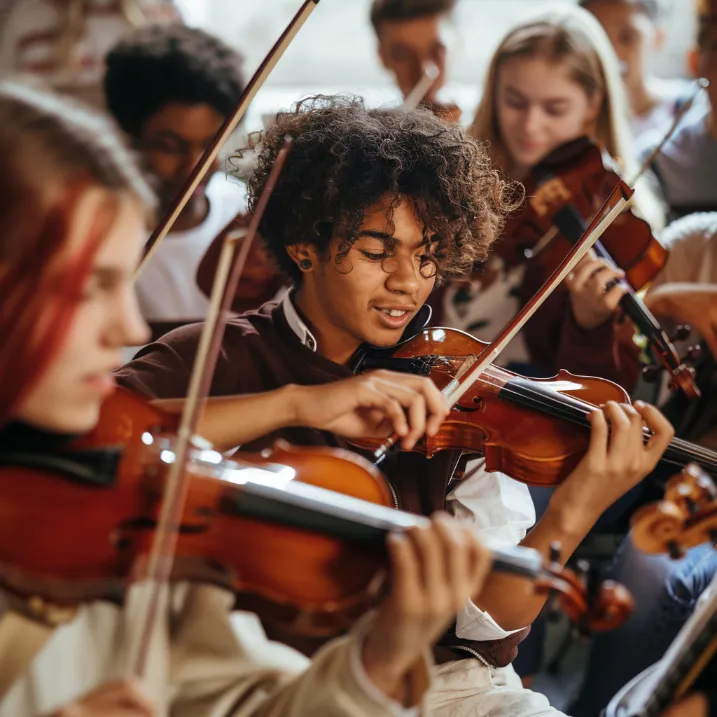


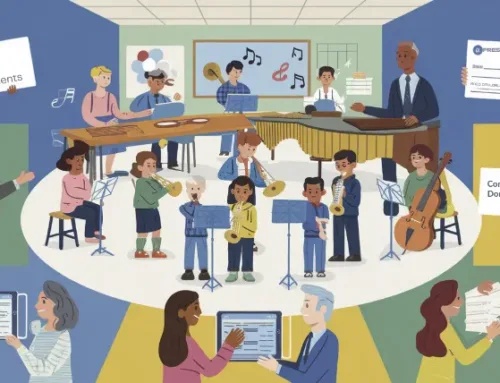

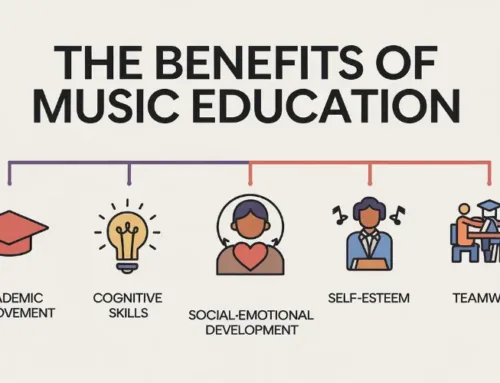


Leave A Comment
You must be logged in to post a comment.